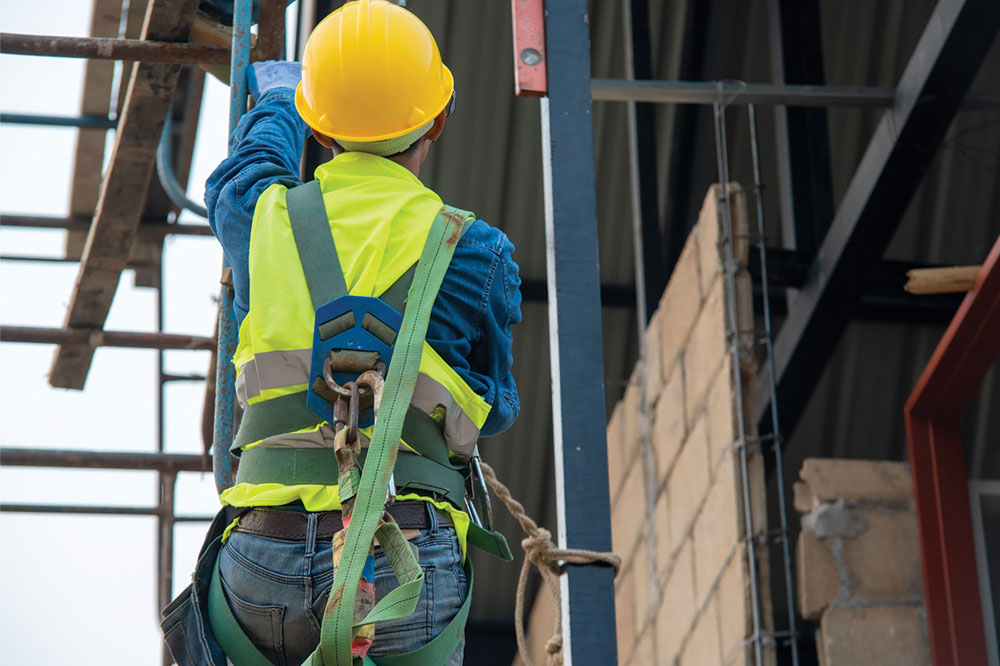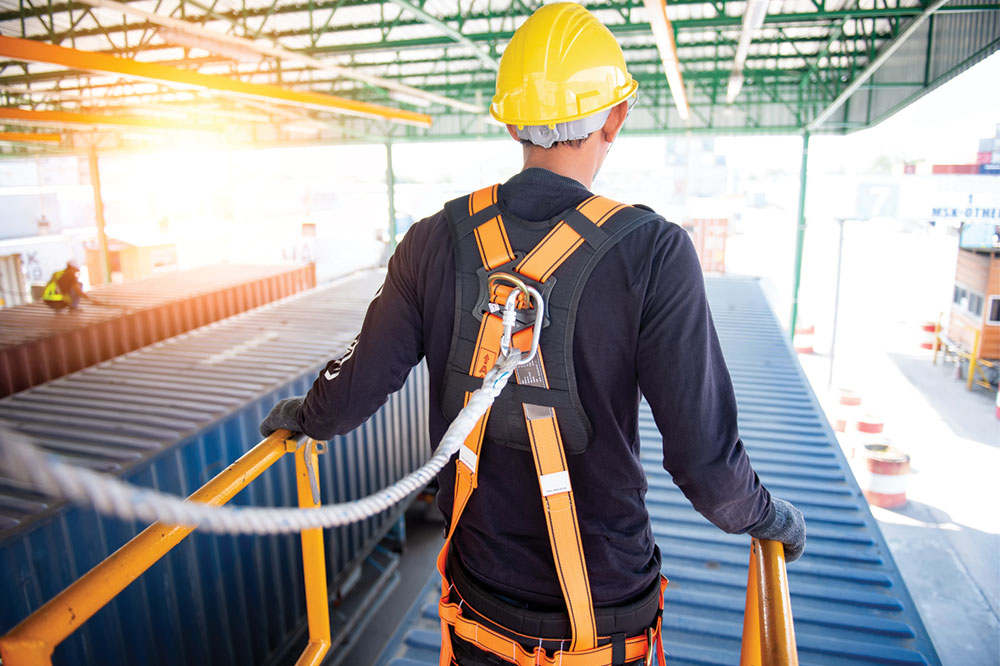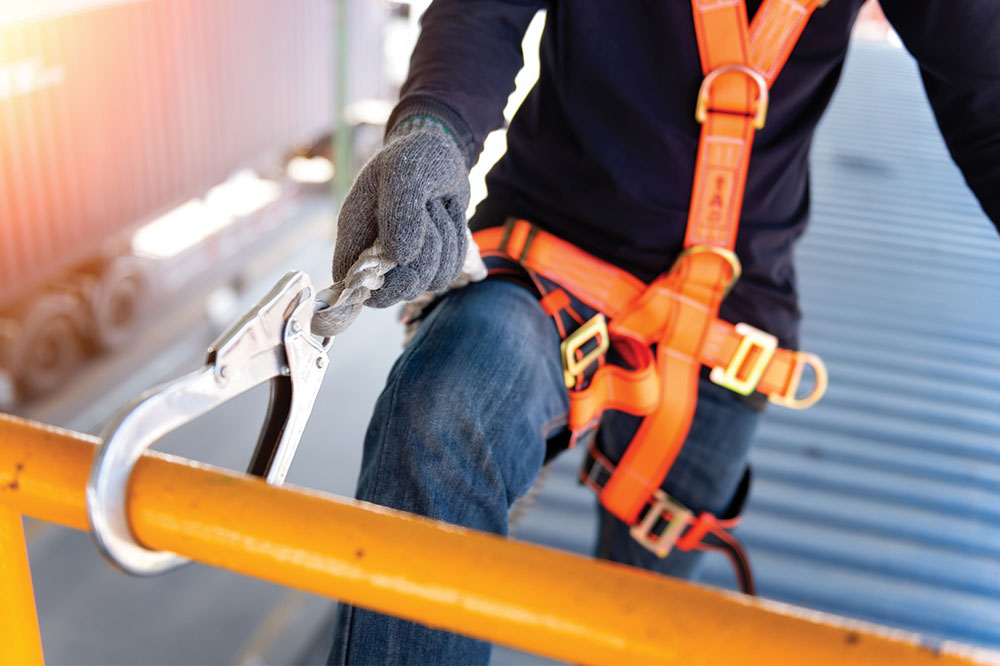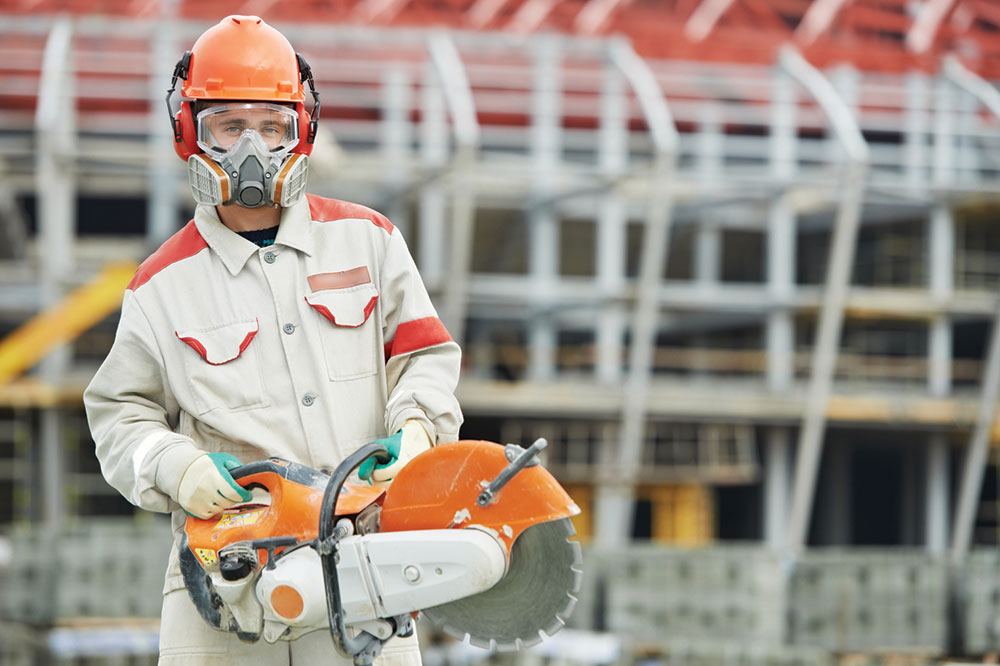Common Hazards of Using a Fall Protection Harness Kit
This article highlights potential hazards of improper use of fall protection harness kits, emphasizing proper fitting, correct D-ring positioning, and timely replacement. Ensuring correct use of harnesses is vital for worker safety at heights, preventing injuries caused by incorrect fit or overuse. Regular checks and proper handling ensure harness efficacy and worker protection, avoiding costly accidents and equipment failures.

Common Hazards of Using a Fall Protection Harness Kit
While handing out safety gear like glasses or boots is straightforward, using a fall protection harness safety kit requires proper understanding. To untrained individuals, these harnesses may appear confusing, with tangled straps and buckles, leading to incorrect use. Improper application can compromise safety, resulting in injuries or accidents.
Here are potential risks associated with improper harness use:
Incorrect sizing
An ill-fitting harness reduces its effectiveness and can be almost as dangerous as not wearing any safety gear. Ensuring a snug fit on both the upper and lower body is crucial. A loose harness can slip off or cause injury if a fall occurs, especially when working at heights. Most harnesses support weights between 130-310 pounds, including clothing, tools, and the harness itself. Always adhere to weight limits and avoid using the harness for lifting objects.
Incorrect D-ring placement
Professional engineers design these harnesses with precise force distribution in mind. If worn improperly, especially with the D-ring misplaced, the harness won’t function correctly. The D-ring should sit centered between the shoulder blades at mid-back height to ensure equal force distribution during a fall. Double-checking the D-ring position is vital every time you wear the harness.
Overuse and age
Although harnesses don’t have a fixed expiration date, signs of wear after five years indicate it’s time to replace them. Continued use beyond their lifespan can lead to equipment failure and unsafe conditions.





